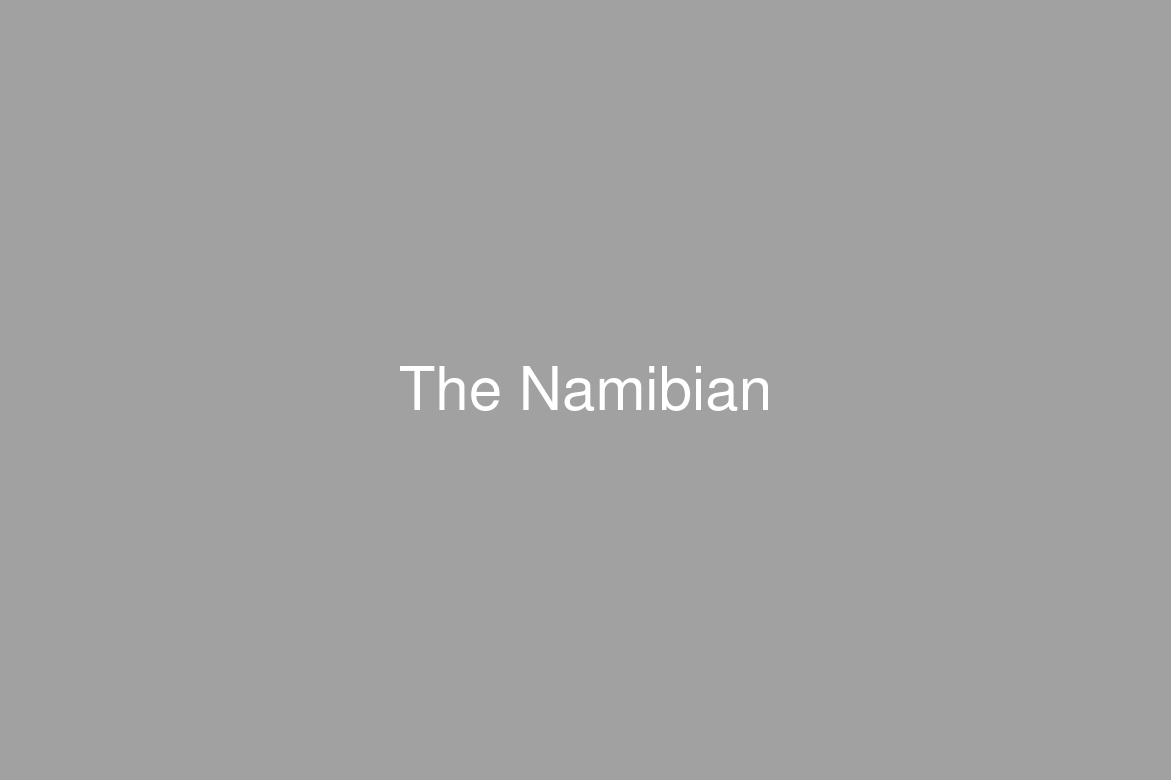THE Meat Corporation of Namibia (Meatco) says its operations are suffering because of the low number of cattle being slaughtered locally.
This has forced Meatco to adopt new strategies to survive, including turning the company into a cooperative. Speaking to journalists after the company’s annual general meeting in Windhoek on Friday, Meatco Chairman Arne Gressmann said most local cattle were going to feedlots in South Africa due to the high prices they offered to producers.Meatco has said it cannot compete with the high prices producers are paid by the South African feedlots.In 1985, Meatco slaughtered 185 000 cattle, which after a decade declined to 138 000 in 2005, and this further decreased to 110 000 in 2006.The decrease in the number of animals slaughtered last year compared to the previous year resulted in an operating loss of N$13,1 million for local abattoirs.Gressmann added that Meatco’s abattoirs were being under-utilised – operating at 61 per cent of capacity – and would not survive unless they doubled the number of livestock currently being received.He said the European Union was the prime market for Namibian beef, accounting for over 60 per cent of Meatco’s exports.Gressmann said it was vital for the company’s survival that ongoing trade negotiations between the EU and the Ministry of Trade and Industry ended successfully.”It would cost us around 30 million euros if we market beef in Europe without the current deal in place at the moment,” he said.However, Meatco utilised only 49 per cent of the EU export quota allotted to Namibia in the 2006/07 financial year, compared to 76 per cent in 2005/06.Gressmann said although the number of cattle slaughtered in the Northern Communal Area (NCA) had increased, that part of the industry was under threat after the Ministry of Agriculture had recently been contacted by South Africa – where beef from the NCA is exported – saying the meat from the Katima Mulilo abattoir was no longer suitable for export due to a recent outbreak of food and mouth disease.Namibia has been given six months by SA to rectify the situation.The number of cattle slaughtered in the NCA went up by 31 per cent to 21 293, mainly due to a marketing incentive by the Ministry of Agriculture, Water and Forestry to pay an additional N$1 per kilogramme of beef.Meatco Chief Executive Officer Jacobus du Plessis reiterated that things were not looking rosy for Meatco.”The forecast cattle numbers – borne out by actual contracts signed – showed that as in 2006, cattle supplies to the export abattoirs in the year ahead will again be very low.Therefore, 2007 will also be a very challenging year, and this further serves to drive us to implement our strategies and plans and make them work,” he said.Du Plessis outlined the new strategies to change the fortunes of the company.The strategies include improving on skills, NCA volumes and quality, marketing, trying to open up the US market, looking into costs vis-a-vis product and changing the Meatco business format.The CEO said the Meatco board had decided to change the company into a cooperative in which all producers who supplied to Meatco would qualify to become shareholders.This is envisaged to turn Meatco into a “strong, unified and competitive unit.””However, it should be borne in mind that many of the plans and strategies such as stimulating slaughter production, are relatively long-term in nature, and will only yield tangible results a few years from now.The same applies to the new marketing initiatives, as explained during the last annual general meeting,” said Du Plessis.Speaking to journalists after the company’s annual general meeting in Windhoek on Friday, Meatco Chairman Arne Gressmann said most local cattle were going to feedlots in South Africa due to the high prices they offered to producers.Meatco has said it cannot compete with the high prices producers are paid by the South African feedlots.In 1985, Meatco slaughtered 185 000 cattle, which after a decade declined to 138 000 in 2005, and this further decreased to 110 000 in 2006. The decrease in the number of animals slaughtered last year compared to the previous year resulted in an operating loss of N$13,1 million for local abattoirs.Gressmann added that Meatco’s abattoirs were being under-utilised – operating at 61 per cent of capacity – and would not survive unless they doubled the number of livestock currently being received.He said the European Union was the prime market for Namibian beef, accounting for over 60 per cent of Meatco’s exports.Gressmann said it was vital for the company’s survival that ongoing trade negotiations between the EU and the Ministry of Trade and Industry ended successfully.”It would cost us around 30 million euros if we market beef in Europe without the current deal in place at the moment,” he said.However, Meatco utilised only 49 per cent of the EU export quota allotted to Namibia in the 2006/07 financial year, compared to 76 per cent in 2005/06.Gressmann said although the number of cattle slaughtered in the Northern Communal Area (NCA) had increased, that part of the industry was under threat after the Ministry of Agriculture had recently been contacted by South Africa – where beef from the NCA is exported – saying the meat from the Katima Mulilo abattoir was no longer suitable for export due to a recent outbreak of food and mouth disease.Namibia has been given six months by SA to rectify the situation.The number of cattle slaughtered in the NCA went up by 31 per cent to 21 293, mainly due to a marketing incentive by the Ministry of Agriculture, Water and Forestry to pay an additional N$1 per kilogramme of beef.Meatco Chief Executive Officer Jacobus du Plessis reiterated that things were not looking rosy for Meatco.”The forecast cattle numbers – borne out by actual contracts signed – showed that as in 2006, cattle supplies to the export abattoirs in the year ahead will again be very low.Therefore, 2007 will also be a very challenging year, and this further serves to drive us to implement our strategies and plans and make them work,” he said.Du Plessis outlined the new strategies to change the fortunes of the company.The strategies include improving on skills, NCA volumes and quality, marketing, trying to open up the US market, looking into costs vis-a-vis product and changing the Meatco business format.The CEO said the Meatco board had decided to change the company into a cooperative in which all producers who supplied to Meatco would qualify to become shareholders.This is envisaged to turn Meatco into a “strong, unified and competitive unit.””However, it should be borne in mind that many of the plans and strategies such as stimulating slaughter production, are relatively long-term in nature, and will only yield tangible results a few years from now.The same applies to the new marketing initiatives, as explained during the last annual general meeting,” said Du Plessis.
Stay informed with The Namibian – your source for credible journalism. Get in-depth reporting and opinions for
only N$85 a month. Invest in journalism, invest in democracy –
Subscribe Now!






